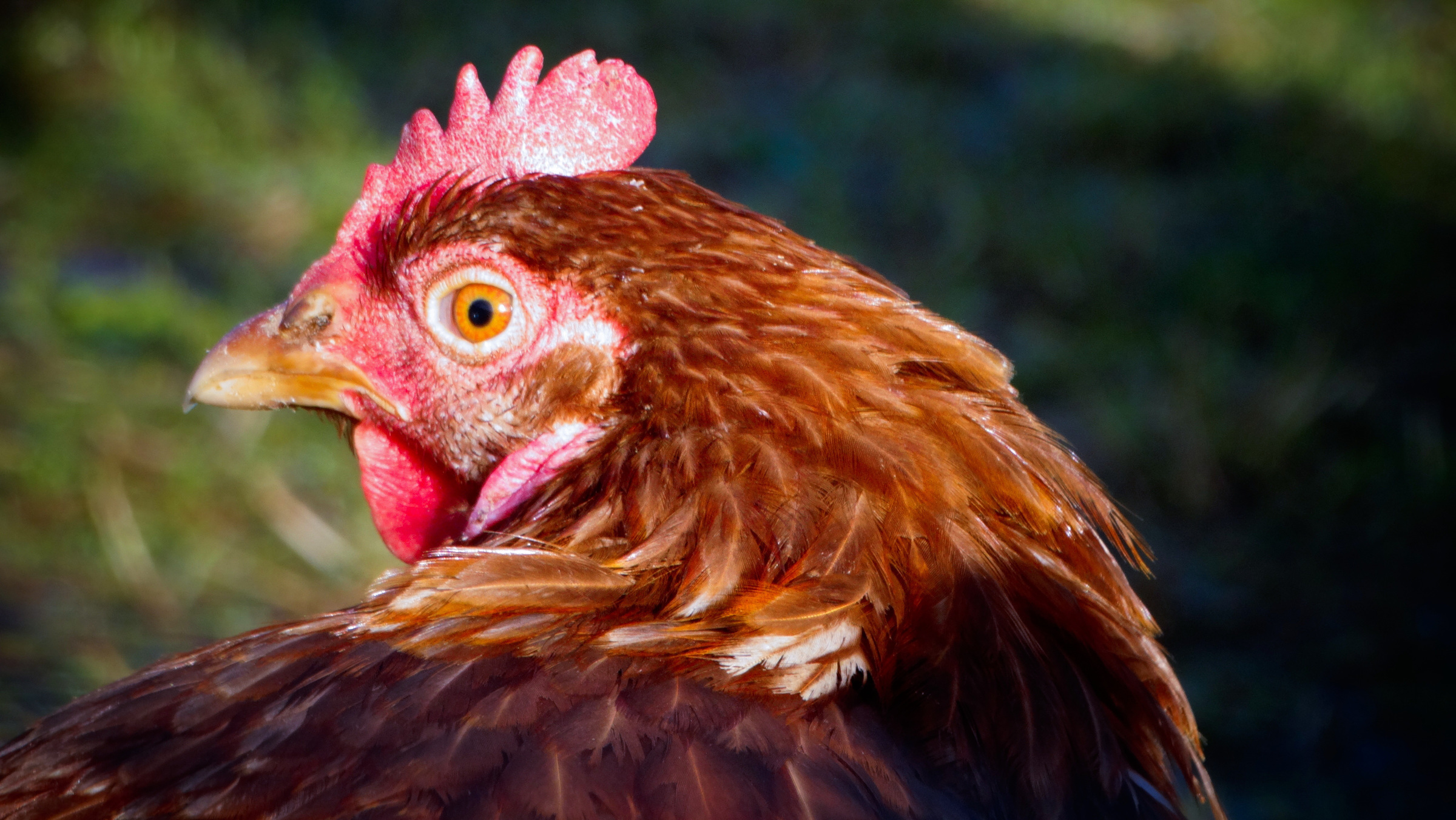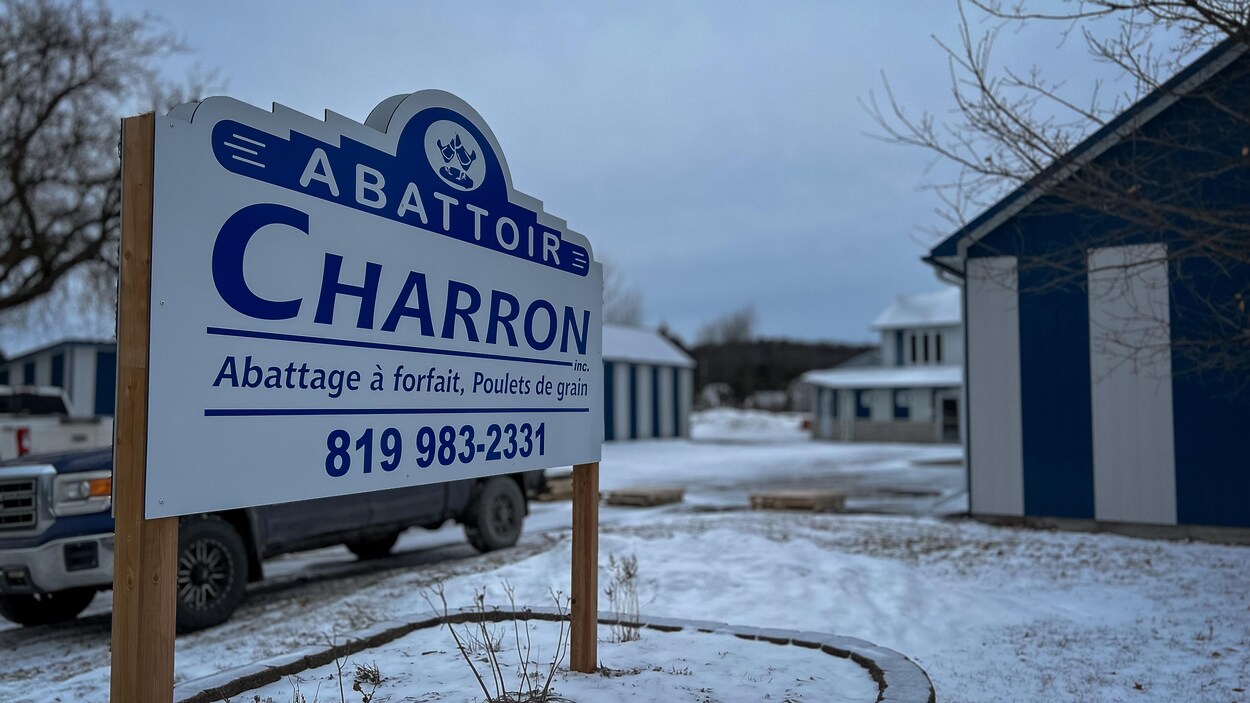Translation Google
"It's unheard of": avian flu is gaining ground in Quebec
Authorities count 13 outbreaks in Quebec in April alone
HUGO DUCHAINE
Monday, April 24, 2023 7:30 PM
UPDATE Monday, April 24, 2023 7:30 PM
Avian flu continues to gain ground in Quebec with 13 outbreaks this month alone, leaving hundreds of thousands of dead poultry in its wake.
"It's unheard of," says veterinarian Jean-Pierre Vaillancourt, who is also a professor at the University of Montreal, about the current situation.
In April, the Canadian Food Inspection Agency counted 13 infected places in the province, in Montérégie and in Estrie. Since the beginning of the year, Quebec has had 22 infected sites and more than 700,000 dead or euthanized birds.
“The season is particularly hot,” confirms Martin Pelletier, coordinator of the Quebec Poultry Disease Control Team (EQCMA). Already, it is as many cases as for all of last year and even more birds affected, he underlines.
An infected dog
The first domestic dog died after being infected with bird flu in Canada this month. He had chewed a wild goose.
The animal from Oshawa, Ontario later tested positive for highly pathogenic avian influenza (HPAI).
"There have surely been others, but who have not been diagnosed," believes Dr. Vaillancourt . On the other hand, the expert adds that we should not expect a slaughter among domestic animals.
It takes very close contact with infected poultry to contract the virus. According to Jean-Pierre Vaillancourt, there is not yet clear evidence indicating that a human could develop avian flu from an animal other than a bird.
For the moment, the rare human cases listed in the world have come from close contact with poultry.
The president of the Order of Veterinary Physicians of Quebec, Dr. Gaston Rioux, calls for caution around migratory birds. He adds that the virus is also found in animal droppings.
Several wild species have also contracted bird flu, such as foxes, skunks or seals, for example.
“People who go for a walk near the ponds with their dog, currently, it would be better to keep them on a leash. And if the dog had fun bringing back carcasses, you have to observe the signs and consult quickly, ”adds Dr. Vaillancourt.
...
Cautious Hunters
With the opening of the wild turkey hunt in a few days, experts also urge hunters to be careful.
Wild turkeys could be infected. Dr. Rioux stresses that it is better to handle dead birds with gloves or wash your hands afterwards.
Cooking, however, kills the virus. "There is no risk in buying chicken at the grocery store," recalls Jean-Pierre Vaillancourt.
A VIRULENT SPRING
22 infected sites in Quebec in 2023
13 in April only
729,000 dead or euthanized birds
Domestic dog infected and dead in Ontario
TO PROTECT YOURSELF (AND YOUR PETS)
Avoid close contact with wild birds and the places they frequent
Source: Canadian Food Inspection Agency
"It's unheard of": avian flu is gaining ground in Quebec
Authorities count 13 outbreaks in Quebec in April alone
HUGO DUCHAINE
Monday, April 24, 2023 7:30 PM
UPDATE Monday, April 24, 2023 7:30 PM
Avian flu continues to gain ground in Quebec with 13 outbreaks this month alone, leaving hundreds of thousands of dead poultry in its wake.
"It's unheard of," says veterinarian Jean-Pierre Vaillancourt, who is also a professor at the University of Montreal, about the current situation.
In April, the Canadian Food Inspection Agency counted 13 infected places in the province, in Montérégie and in Estrie. Since the beginning of the year, Quebec has had 22 infected sites and more than 700,000 dead or euthanized birds.
“The season is particularly hot,” confirms Martin Pelletier, coordinator of the Quebec Poultry Disease Control Team (EQCMA). Already, it is as many cases as for all of last year and even more birds affected, he underlines.
An infected dog
The first domestic dog died after being infected with bird flu in Canada this month. He had chewed a wild goose.
The animal from Oshawa, Ontario later tested positive for highly pathogenic avian influenza (HPAI).
"There have surely been others, but who have not been diagnosed," believes Dr. Vaillancourt . On the other hand, the expert adds that we should not expect a slaughter among domestic animals.
It takes very close contact with infected poultry to contract the virus. According to Jean-Pierre Vaillancourt, there is not yet clear evidence indicating that a human could develop avian flu from an animal other than a bird.
For the moment, the rare human cases listed in the world have come from close contact with poultry.
The president of the Order of Veterinary Physicians of Quebec, Dr. Gaston Rioux, calls for caution around migratory birds. He adds that the virus is also found in animal droppings.
Several wild species have also contracted bird flu, such as foxes, skunks or seals, for example.
“People who go for a walk near the ponds with their dog, currently, it would be better to keep them on a leash. And if the dog had fun bringing back carcasses, you have to observe the signs and consult quickly, ”adds Dr. Vaillancourt.
...
Cautious Hunters
With the opening of the wild turkey hunt in a few days, experts also urge hunters to be careful.
Wild turkeys could be infected. Dr. Rioux stresses that it is better to handle dead birds with gloves or wash your hands afterwards.
Cooking, however, kills the virus. "There is no risk in buying chicken at the grocery store," recalls Jean-Pierre Vaillancourt.
A VIRULENT SPRING
22 infected sites in Quebec in 2023
13 in April only
729,000 dead or euthanized birds
Domestic dog infected and dead in Ontario
TO PROTECT YOURSELF (AND YOUR PETS)
Avoid close contact with wild birds and the places they frequent
Source: Canadian Food Inspection Agency






Comment